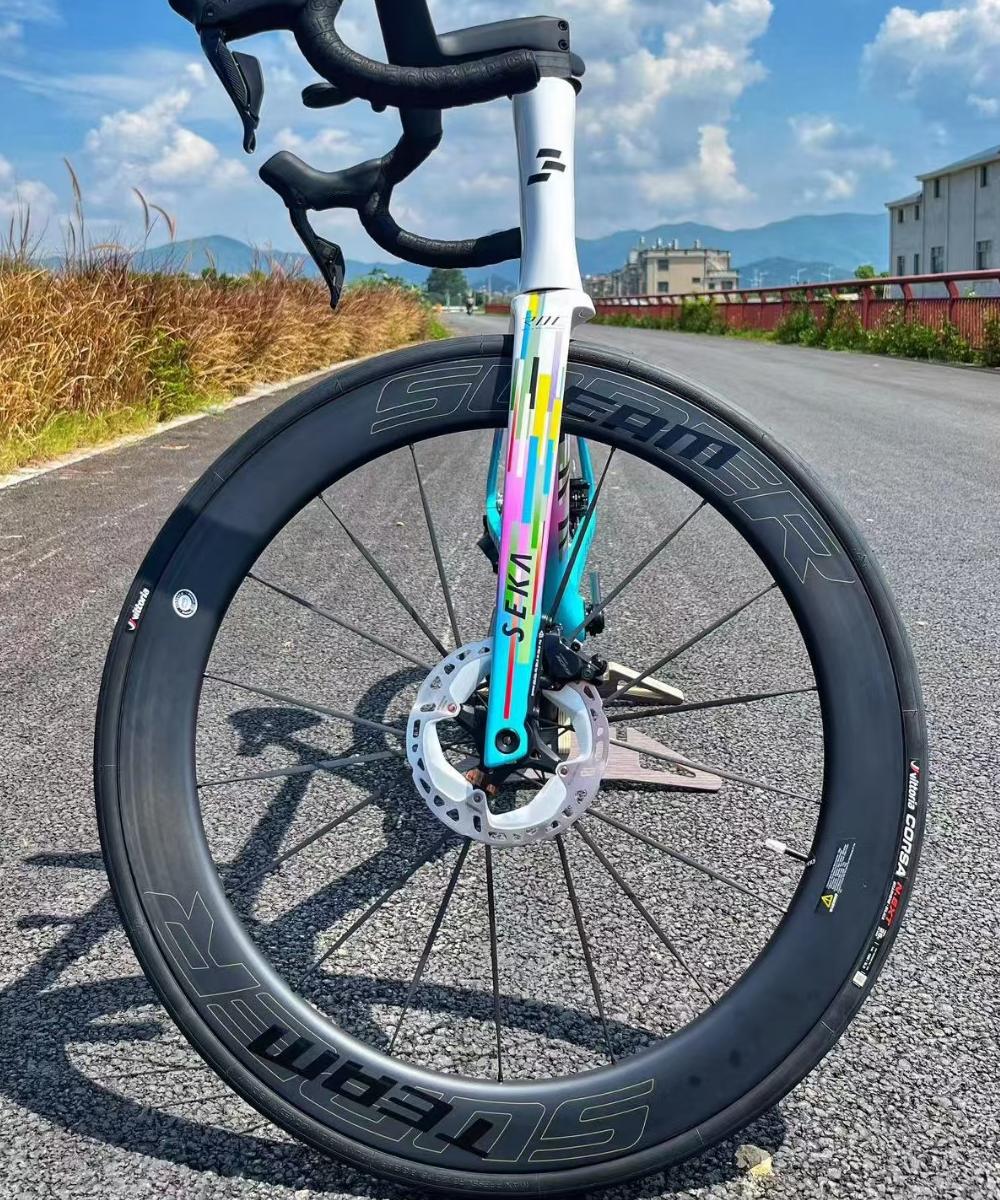Spoke Tension Balance: Why It’s Crucial for Longevity
A bicycle wheel may look simple at first glance, but its structural integrity relies on the delicate balance of spoke tension. Proper tension ensures the wheel remains true, distributes load evenly, and extends the lifespan of both rim and spokes. Understanding why tension balance matters is key for riders who want durable, high-performing wheels.
1. What Is Spoke Tension Balance?
Spoke tension balance refers to even distribution of tension across all spokes while maintaining correct relative tension between the drive and non-drive sides of the wheel. In dished wheels, such as most rear wheels, the drive-side spokes are under higher tension than non-drive side spokes due to the offset of the rim from the hub centerline.
2. Effects on Wheel Strength
Even Load Distribution: Balanced spokes ensure that the rim, hub, and spokes share stress evenly.
Prevents Deformation: Uneven tension can lead to lateral or radial misalignment, making the wheel wobble or flex under load.
Reduces Risk of Breakage: Overstressed spokes are prone to fatigue and snapping, while under-tensioned spokes can loosen or damage the rim over time.
3. Impact on Ride Quality
Wheels with well-balanced spoke tension provide:
Stable Handling: Reduced lateral flex enhances cornering precision.
Consistent Power Transfer: Proper tension keeps the rim stiff enough for efficient energy transfer from pedals to road.
Durability Across Conditions: Balanced tension minimizes the need for frequent truing, especially in rough terrain or under heavy loads.
4. Maintenance Tips
Check Regularly: Use a tension meter or consult a professional to verify balance.
True the Wheel Gradually: Small adjustments on both sides prevent tension spikes.
Replace Worn Spokes Promptly: Old or damaged spokes can compromise overall balance and cause cascading failures.
5. Special Considerations for Dished Wheels
Rear wheels with significant dish, especially those with wide cassettes or disc brakes, require careful attention:
High-Tension Drive Side: Must be strong enough to handle torque without snapping.
Low-Tension Non-Drive Side: Needs enough tension to maintain lateral stability.
Professional wheel builders often prioritize tension ratios, lacing patterns, and spoke quality to achieve optimal balance.
Conclusion
Spoke tension balance is more than a technical detail; it directly affects wheel longevity, performance, and rider safety. Maintaining proper tension across all spokes ensures wheels remain true, absorb stress evenly, and provide consistent performance over time. Whether building, upgrading, or maintaining wheels, attention to tension balance is essential for every serious cyclist.




